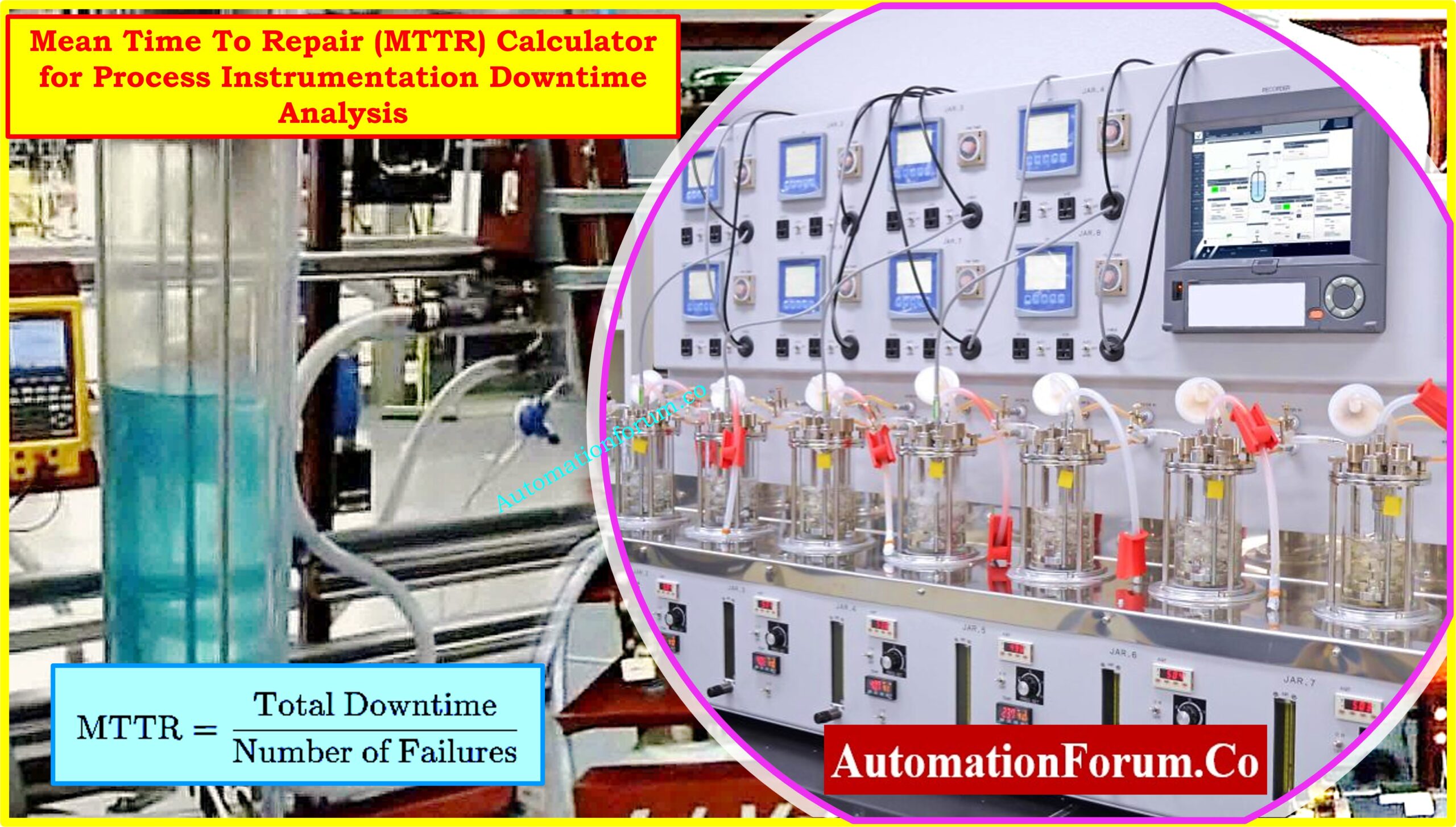The Cause-and-Effect Diagram in Instrumentation and Control Engineering quiz welcomes you to its examination. This challenging quiz establishes a test for your ability to perform cause-and-effect investigations within industrial process operations. C&E Diagram serves as a vital tool for ESD and FGS through its structured matrix design that connects different causes to their resulting effects. Safe plant operations along with effective fault diagnosis and troubleshooting can be achieved through proper documentation. A complete quiz with 25 multiple-choice questions follows together with answer explanations for students who want to comprehend them better. All members of an engineering team and students will encounter tough questions during this quiz. Let’s begin!
Must read to know about: Cause and Effect Drawings





